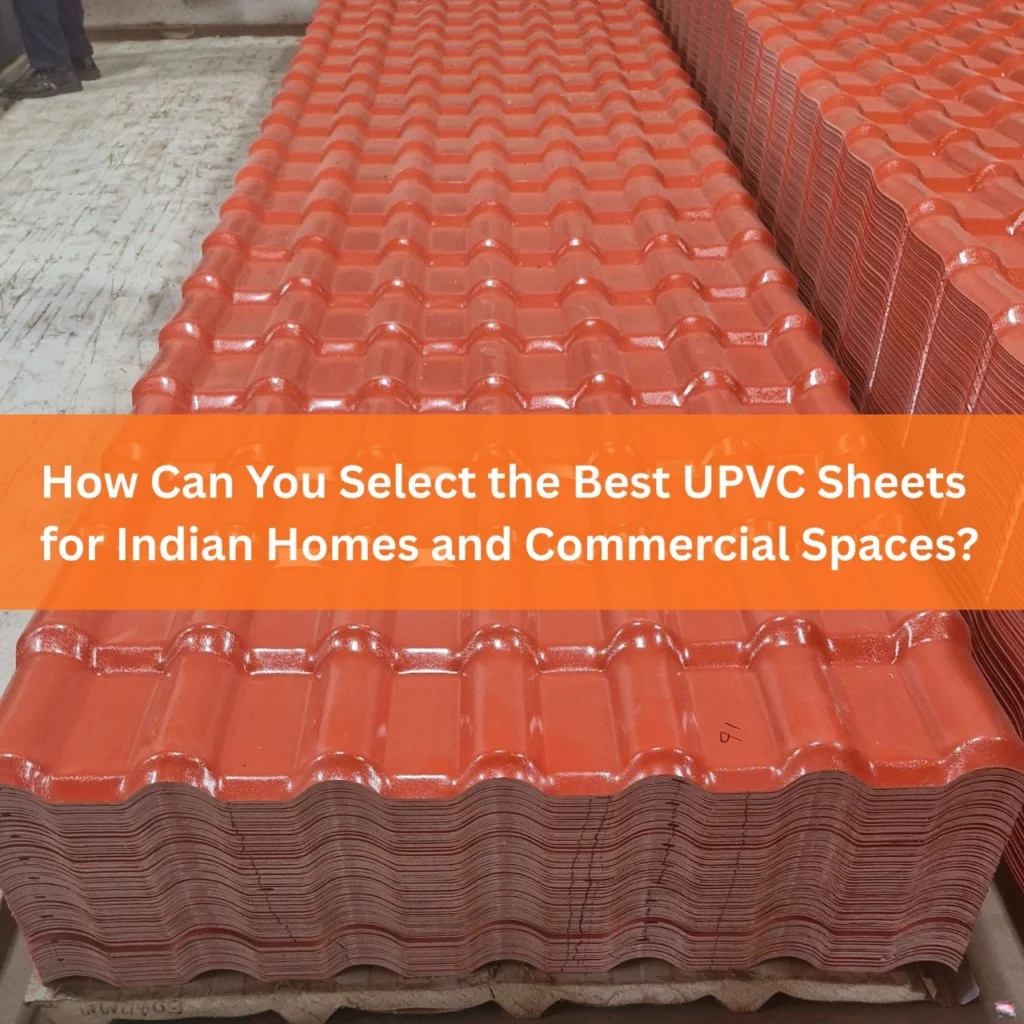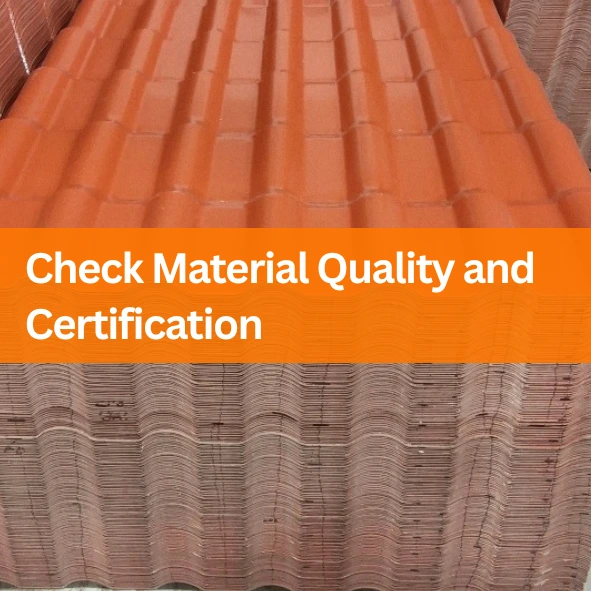
Unplasticized Polyvinyl Chloride (UPVC) sheets have become a preferred roofing and walling solution across India because they combine strength, weather resistance, and cost efficiency. Whether you are protecting a cozy family home, a bustling retail complex, or a large warehouse, the right sheet can lower maintenance costs and enhance the life of the structure. Below is a detailed guide to help you pick the perfect UPVC sheets for residential and commercial applications.
Check Material Quality and Certification

Always start by verifying the grade of the UPVC used. Reputable manufacturers follow strict standards such as ISO or ISI certifications. High-grade sheets resist corrosion, humidity, and UV radiation, which is crucial for India’s varied climates—from the salty air of coastal regions to the scorching interiors of Rajasthan.
Assess Thickness and Structural Strength
For homes, a medium-thickness sheet (around 1.5–2 mm) often balances cost and durability. Warehouses and commercial buildings, however, demand heavier gauges that can handle larger spans, higher wind loads, and occasional foot traffic during maintenance. Thicker sheets also help reduce noise and improve thermal insulation.
Look for Weather and Fire Resistance
A major advantage of UPVC over metal roofing is its resistance to rust and chemicals. Choose sheets with UV stabilizers and fire-retardant properties. This is especially critical for warehouses storing perishable goods or chemical products, where temperature control and safety regulations are non-negotiable.
Energy Efficiency and Thermal Performance
UPVC sheets naturally offer low thermal conductivity, keeping interiors cooler and reducing energy bills. For commercial spaces such as shopping centers or office complexes, opt for reflective or insulated variants to maintain indoor comfort and cut down on air-conditioning costs.
Design, Color, and Aesthetics
Modern UPVC sheets are available in a range of colors and profiles. Homes may benefit from elegant, tile-like finishes, while commercial buildings can use bold hues that match branding. Ensure the color pigments are fade-resistant to maintain a fresh look for years.
Ease of Installation and Maintenance
Lightweight sheets speed up installation, reduce labor costs, and put less stress on supporting structures. Check that the product includes accessories such as matching fasteners and trims. Low-maintenance surfaces mean less downtime for commercial operations.
Warranty and After-Sales Support
A reliable warranty signals confidence in product quality. Choose suppliers who provide clear terms on performance and offer responsive service for replacements or repairs.
Conclusion
Selecting the best UPVC sheet is a balance of strength, efficiency, and aesthetics. Prioritize certified quality, climate suitability, and long-term support. For Indian homes, focus on comfort and style; for warehouses and commercial spaces, emphasize durability, thermal control, and fire safety. Investing in the right sheet today ensures years of protection and lower maintenance tomorrow.
Frequently Asked Questions
UPVC stands for Unplasticized Polyvinyl Chloride. Unlike regular PVC, UPVC is more rigid because it does not include softening plasticizers. It is preferred for roofing, walling, and cladding because of its strength, weather resistance, corrosion resistance, and low maintenance requirements (no rusting, etc.). In India’s varied climates (coastal salt air, heavy monsoons, hot interiors), these durability properties become especially valuable.
Look for ISO or ISI certification from reputed standard bodies. Certified products typically indicate adherence to material quality, dimensional consistency, and performance standards (e.g. UV resistance, chemical resistance). A supplier who can provide test reports or third-party verification is a safer bet than one who only offers verbal assurance.
For homes / residential use, a thickness of about 1.5 mm to 2 mm often represents a good balance between cost and durability. For commercial or industrial buildings (warehouses, factories, etc.), heavier gauges are recommended to support larger spans, higher wind loads, and occasional foot traffic during maintenance. Thicker sheets also help with noise reduction (e.g., from rain) and thermal insulation.
UPVC naturally has low thermal conductivity, which helps reduce heat transfer — interiors stay cooler. For large commercial spaces (shops, offices, malls), reflective or insulated variants can further reduce cooling loads and electricity consumption. Good insulation also mitigates thermal stress and reduces interior temperature fluctuations.



